When And How Should I Clay Bar My Car?

There’s a lot of gross, nasty stuff on the road. We’re not just talking about poorly modified Jeeps and de-catted Mustangs here, either. The road is a dirty place, and that’s obviously why your car needs a wash every so often. Little bits of dirt, debris from trash, tarmac, and even organic um… “material” can stick to your paint and make your car dirty. Just like dry-shampooing every so often isn’t as good as a real shower, eventually your car will need more than just a wash.
To get these more stubborn contaminants off of your car, it’s best to add a clay bar to your wash routine. These are what they sound like- basically bars of a sticky, clay-like material that removes both large and fine contaminants from your paint, leaving it smooth as glass. At least, traditionally, that’s what they were. Some still look and feel like clay, but there are some modern alternatives we’ll get to in a second. For now, know that the benefits here extend beyond just a car that’s now free of stubborn contaminants like brake dust and tire debris. With a freshly-clayed car, you’re in an optimal position to apply some protective coating over the nice, smooth paint.
The “how” of claying a car is super simple, and it’s really just a final step before applying your choice in wax, ceramic coating, or quick detailer. First, you’ll want to start by washing your car, of course. We need to get those larger contaminants off the paint first, as claying a car that isn’t as clean as can be will actually damage your paint. Reason being, the big stuff gets dragged around by the clay, not picked up and pulled off the paint, leaving scratches behind. With that done, you’ll want to start with a dry car.
Now, most clay bar kits, like Meguiar’s Smooth Surface Clay Kit, come with a lubricant (a quick detailer in this case). Lubrication is important for the scratchy reasons above. Spray some of this stuff down into a small section, then get your clay bar ready. Pro tip: warm up the clay bar in its packaging by leaving it in your pocket while you wash- it makes it more malleable. Run the bar over the surface of the lubricated paint in a back-and-forth motion with light pressure. You’ll feel the bar picking up bits of nastiness as you go.
Once you’ve done so, the bar will come up dirty. Knead the bar a bit, like those reusable erasers from school, until the dirt is largely gone from the surface of it. If your car is extra nasty, repeat this until the clay comes up clear of debris. Then, use your microfiber towel to wipe up the excess lubrication and clean the surface. A final tip: don’t let the lubricant dry, or you’ll have to repeat. Once done, give the car one last quick wash and dry before applying your pick of wax or sealant.
Now about those modern alternatives. We’ve used the above Meguiar’s kit for years, and it always yields solid results (its also nice it comes with a case for extra clays and some towels), but Adam’s Polishes Clay Mitt is an awesome, more modern alternative. It’s worth noting you’ve got to bring your own microfibers with this one, which is a downer. Regardless, Adam’s offers a reusable mitt to accomplish the same effect as a clay bar. Eventually you do need to replace it, but Adam’s claims only after 20-40 uses. For some, that’s years of use.
This brings us to a final point. While both clay kits are great to use, claying too often isn’t great for your paint. It’s like shaving, in that a bit of skin (your paint’s clear coat) is always removed in addition to the hair (contaminants on your paint) that is being lifted off. So, only clay as-needed. We like to do it twice a year, especially after winter if you’ve got snow in your neck of the woods. Doing so keeps your paint clean, free of contaminants, and ready for further protection for the miles of driving to come.

Chase is an automotive journalist with years of experience in the industry. He writes for outlets like Edmunds and AutoGuide, among many others. When not writing, Chase is in front of the camera over at The Overrun, his YouTube channel run alongside his friend and co-host Jobe Teehan. If he's not writing reviews of the latest in cars or producing industry coverage, Chase is at home in the driver's seat of his own (usually German) sports cars.
More by Chase Bierenkoven



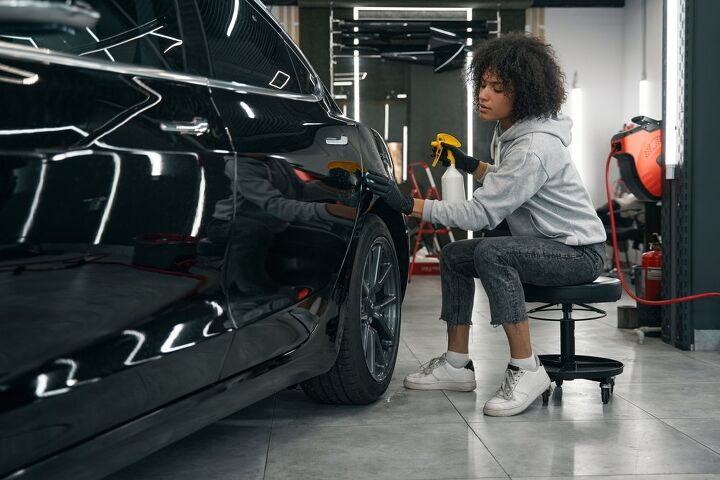















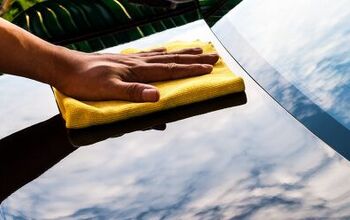



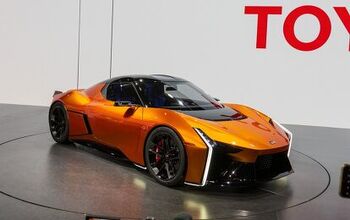

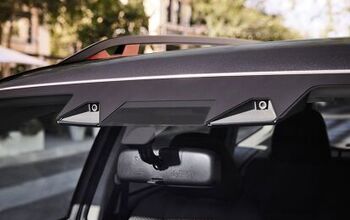




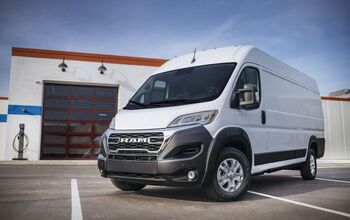

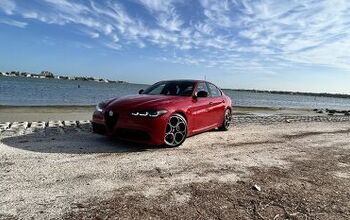
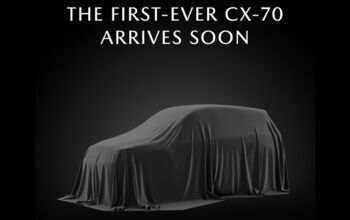
Comments
Join the conversation